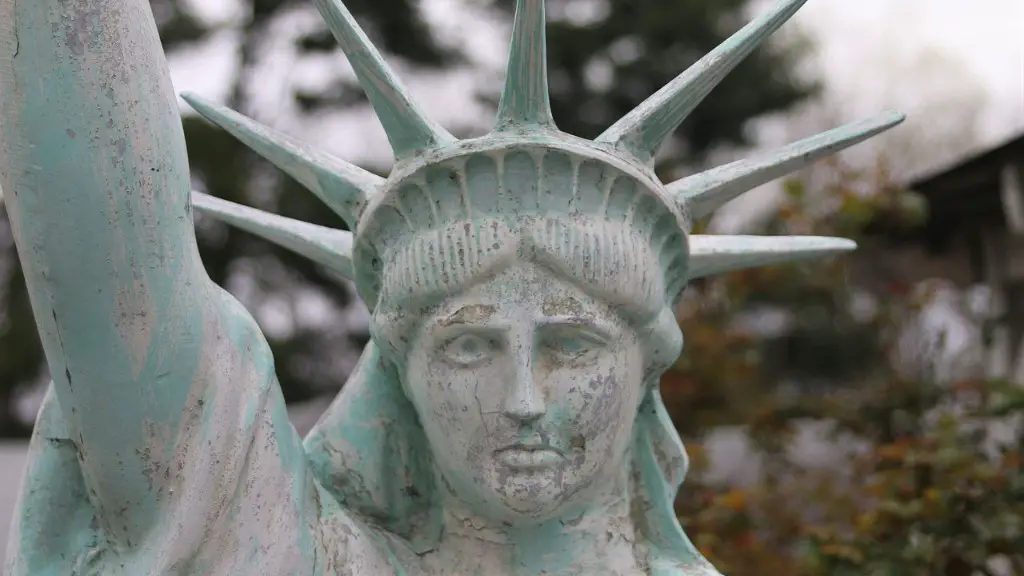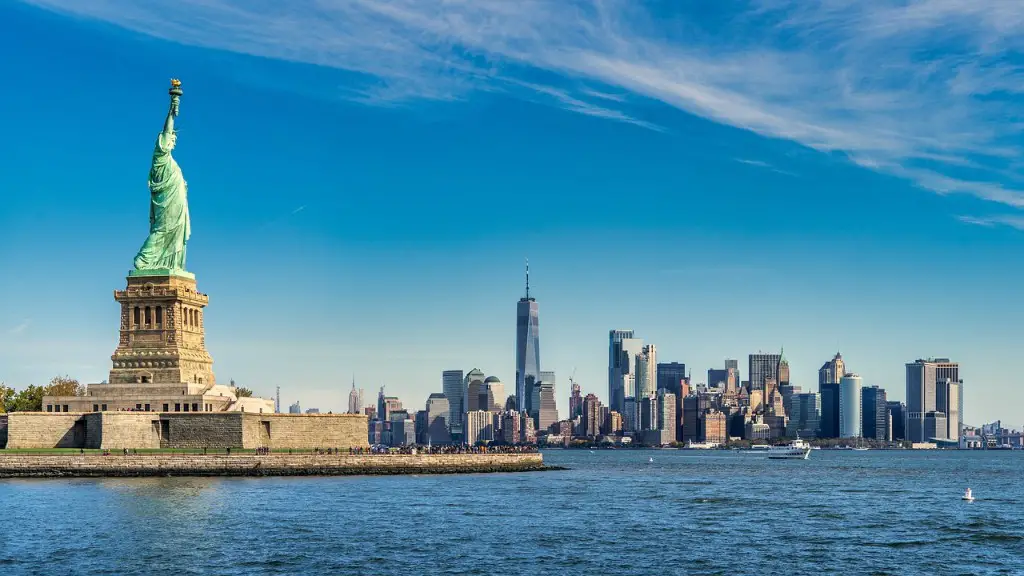Construction of the iconic and inspiring Sagrada Familia started in the 19th century in Barcelona, Spain. Plans for the intended church began in 1883 when architect Francisco de Paula del Villar, in consultation with Anton Gaudi, drafted a design for a Neo-Gothic building. After taking over the construction in 1885, Gaudi began a complete re-design that included his signature peculiar and creative style. He began to incorporate an imaginative combination of Gothic and curvilinear Art Nouveau forms, creating a building structure that has been referred to as one of the most unusual and complex spiritual structures in the world.
Gaudi’s intention was to emphasize and respect the spiritual nature of the church. He believed that Art should not immerse itself in materialistic ambitions or the prevailing enthusiasm of the times. To create this original masterpiece, Gaudi worked with a team of craftsmen that included sculptors, masons, painters and iron-smiths. As the project grew, so did the attention of the local people, not only because of Gaudi’s reputation but also because it was a type of structure never seen before.
This building, which began its construction 143 years ago, was expected to be concluded by the early 20th century. However, due to a lack of funding, work on the Sagrada Familia was stalled for decades and is only recently nearing completion. Fortunately, Gaudi left detailed plans and drawings of his creative vision, and with the help of modern technology, funds, and inspired craftsmen, a completion of this magnificent building is finally within sight.
Though the Sagrada Familia is a church, its concept does not consist of traditional Christian symbols. Its central aspect is the Nativity Façade, decorated with scenes depicting the birth of Jesus according to the Gospels. On the south side, the Passion Façade shows the suffering and persecution Jesus suffered, while the north side tells stories related to the glory of Heaven proclaimed throughout his life.
The diversity of materials used in the building is immense. Colors and shapes range from yellow and pink sandstone, to porphyry and marble, to renderings of ceramic fruits, colored glasses and bronze sculptures. Gaudi’s philosophy of harmony and balance is replicated both inside and out of this “enchanted” building. Furthermore, it is the only church in the world that combines modernist architecture with elements of art and symbolism.
Gaudi’s Contributions to The Project
Gaudi made several unique contributions to the Sagrada Familia project. He was a forward-thinking designer, believing in the importance of building structures that would stand the tests of time. He also pioneered techniques for maintaining the integrity of the design once the project began construction. As a result, the general concept of the building, carried out by several architects after him, has remained constant over the last 130 years.
Gaudi’s innovative style is the basis for a combination of organic shapes, curves and colors that make the Sagrada Familia so different from any other religious building in the world. The use of curves and organic shapes highlight the connection between the building and nature, something that was crucial to Gaudi. Furthermore, his constant experimentation with light and color resulted in a building that is constantly changing in brightness, providing visitors with an ever-changing atmosphere.
On an emotional level, Gaudi funded special attention to the Sagrada Familia, with the intent to convey feelings of peace, hope and tranquility. As the structure reached completion, he was devoted to the project, even managing the smallest details, such as the shape of the windows, and overseeing the selection of the materials.
Sagrada Familia’s Impact on Architecture
Gaudi’s masterpiece has had a massive impact on the world of architecture. Before the Sagrada Familia, architects followed a more traditional approach to building design. Gaudi’s innovative and creative approach changed that, with modern architecture taking his pioneering concepts and using them to create some of the most recognizable and inspiring structures in the world.
Gaudi’s work has been the source of inspiration for some of the world’s great architects and designers. His daring designs, risk-taking, and innovation are a source of admiration in the architectural industry. He has taught the world of architecture, and those involved in the project, that risks should be taken in order to bring about something truly unique.
Since its construction, the Sagrada Familia has become a symbol of hope and inspiration for millions of people around the world. Millions of visitors are drawn by the uniqueness and complexity of the building, as well as its spiritual significance.
The building stands as a testament to Gaudi’s unbridled creativity. It also serves as a reminder of the importance of respecting spiritual values and of taking risks in order to bring about something truly awe-inspiring.
Socio-economic Impact of The Sagrada Familia
The construction of the Sagrada Familia has had a significant socio-economic impact on the city of Barcelona. The project has provided employment to thousands of people over the span of the 143 years since construction started. It has also been a major tourist destination since its construction, with millions of visitors flocking to Barcelona each year to take in the breathtaking views of the building.
The church has also been the scene of some major religious and political events in Spanish history. For example, it was the site of the coronation of King Juan Carlos I and Queen Sofia in 1975. It has also been visited by several high-profile foreign officials, such as Queen Elizabeth II of the United Kingdom, Pope John Paul II, and Prince Charles.
The social and economic impact of the Sagrada Familia is significant. Its construction has created jobs and brought money and attention to the city. It also serves as a reminder of the importance of respecting spirituality and of taking risks in order to create something beautiful and inspiring.
The Building’s Current Status
The building is still unfinished. Over the years, there have been periodic periods of rapid progress and long periods of slow or halted progress. Work on the structure is currently at an advanced stage and is estimated to take another few years to complete.
In order to finish the project, over 780 million euros have been raised over the past years from different sources, such as private donations and other funding schemes. These funds have been used to hire and train thousands of experts from all over the world in order to finish the project properly.
The Sagrada Familia project is a great example of how generations of architects, masons, and craftsman can come together to create something so powerful. Each generation of over one-hundred-forty years has bequeathed their skills and enthusiasm, to ensure that its completion is in sight.
The Sagrada Familia promises to be an unforgettable experience for its visitors, and is sure to have a lasting impact on the world of architecture, design and spirituality.
Local Reactions to The Building
The locals of Barcelona are proud and inspired by the completion of the project. For centuries, locals have been witness to the progress and witnessed its progress as it has taken shape. Each one plays a role in its completion, and are passionate about protecting it from any kind of damage or unauthorized changes.
The locals have carried on Gaudi’s legacy by organizing posters, rallies, and campaigns to ensure the completion of the project. They are also keen to ensure that the building’s completion honors Gaudi’s true vision and emphasis on spirituality.
The locals also take part in a variety of activities such as tours, workshops, and seminars that focus on the history and meaning of the Sagrada Familia. Through these activities, they can share their knowledge and enthusiasm for the building and understand the importance of its completion.
Future Plans For The Building
Though the completion of the project is estimated to take a few more years, planners have already begun to discuss the management of the building after its completion. Conservationists are keen to ensure that the building and its grounds are managed in a way that ensures their preservation and protection. In order to do so, the planners have estimated several steps must be taken.
Conservationists have also been working on the restoration of lost portions and preservation of the building’s materials and structure. To this end, several public and private campaigns have been organized to raise funds for the proper preservation of the project.
The plans for the Sagrada Familia are not only focused on the preservation of the building after its completion. Planners also envision it to be a hub for arts and culture, a place people can gather and celebrate the uniqueness of the building, and a destination for people who are looking to experience something truly awe-inspiring.
Gaudi’s Legacy
Gaudi’s work on the Sagrada Familia stands as a testament to his incredible imagination and creativity. His attention to small details, respect for spiritual values, and his commitment to the project are an inspiring example of what can be achieved when people are passionate and believe in something.
In his lifetime, Gaudi was not recognized as much as his work deserved. However, his work on Sagrada Familia has changed that. Today, his work is celebrated around the world. His legacy and ideas have been adopted by many, inspiring new generations of brilliant architects and designers.
The completion of the Sagrada Familia is a confirmation of the power of dedication, passion, and teamwork. It stands as a testament to the power of the human spirit and imagination, illustrating that seemingly impossible goals and ambitions can be achieved when people come together with a common goal.

